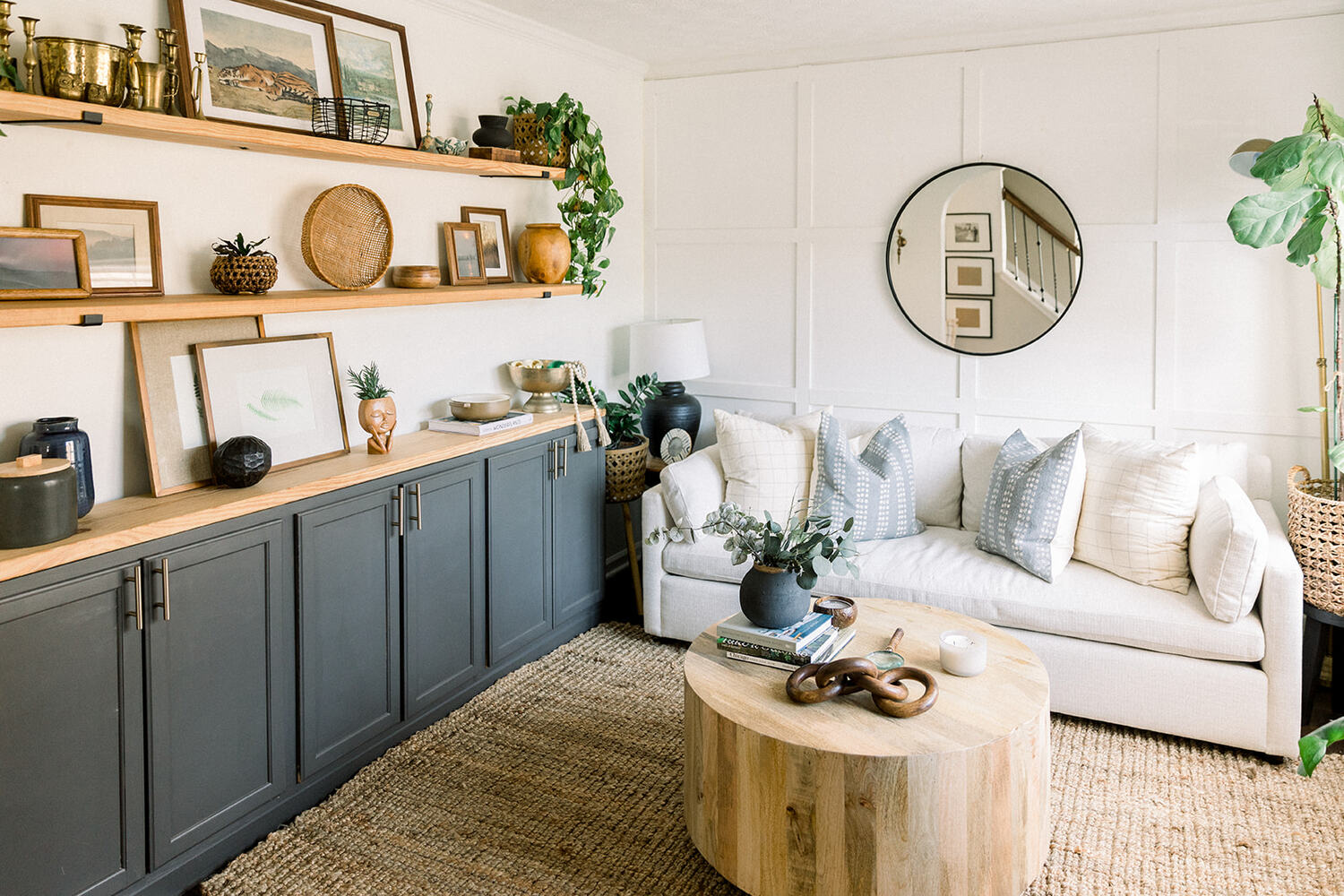

Articles
How To Decorate A Sideboard In A Living Room
Modified: May 6, 2024
Discover the best articles on how to decorate a sideboard in a living room. Get inspiration and ideas for creating a stylish and functional space.
(Many of the links in this article redirect to a specific reviewed product. Your purchase of these products through affiliate links helps to generate commission for Storables.com, at no extra cost. Learn more)
Introduction
Decorating a sideboard in a living room is a great way to add style and functionality to your space. A sideboard, also known as a buffet or credenza, is a versatile piece of furniture that can be used for storage, display, and even as a serving station during gatherings. By carefully selecting the right sideboard and applying thoughtful design principles, you can transform this piece into a focal point that complements your overall living room decor.
In this article, we will explore various tips and ideas on how to effectively decorate a sideboard in your living room. Whether you have a modern, traditional, or eclectic design style, these suggestions can be applied to create a visually appealing and cohesive look.
Before we dive into the specifics, it’s important to consider the size and style of your sideboard. Measure the available space in your living room to choose a sideboard that fits proportionally. Consider the existing color scheme and material of your furniture to ensure a harmonious aesthetic. Once you have the right sideboard in place, let’s move on to selecting the decorative theme.
Key Takeaways:
- Transform your sideboard into a captivating focal point by carefully selecting the right size, style, and decorative theme. Clear clutter, create a focal point, add functional elements, and personalize for a stunning living room centerpiece.
- Elevate your living room decor by balancing the look, incorporating lighting, and adding personal touches to your sideboard. Embrace creativity, experiment with arrangements, and enjoy the process of curating a unique and meaningful display.
Read more: How To Decorate Dining Room Sideboard
Choosing the Right Sideboard
When it comes to choosing the right sideboard for your living room, there are a few factors to consider. Firstly, determine the size and scale that best fits your space. A larger living room can accommodate a longer sideboard, while a smaller space may require a more compact option. Consider the height of the sideboard as well, ensuring it doesn’t overpower or obstruct the view in the room.
Next, think about the style and material of the sideboard. If your living room has a contemporary or modern design, opt for a sleek sideboard with clean lines and a glossy finish. For a more traditional or rustic look, consider a sideboard crafted from wood with ornate details and a distressed finish.
Functionality is another crucial aspect to consider. Assess your storage needs and choose a sideboard with ample drawers, shelves, or cabinets to accommodate your belongings. If you plan on using the sideboard as a serving station during gatherings, look for one with open shelving or a built-in wine rack.
Lastly, don’t forget about the overall color scheme of your living room. Your sideboard should complement the existing furniture and decor. If your living room has a neutral palette, consider a sideboard in a contrasting color to make it stand out. Alternatively, if you prefer a more cohesive look, opt for a sideboard that matches the color scheme of the room.
By considering these factors, you can select a sideboard that not only suits your aesthetic preferences but also fulfills your functional needs in the living room. Once you have chosen the perfect sideboard, it’s time to move on to selecting the decorative theme.
Selecting the Decorative Theme
When it comes to decorating a sideboard in your living room, selecting a cohesive decorative theme will help create a harmonious and visually pleasing look. The theme you choose can be based on your personal style, the overall design of your living room, or a particular season or occasion.
One approach to selecting a decorative theme is to take inspiration from the existing decor in your living room. Consider the colors, patterns, and textures already present in the room and use them as a starting point for your sideboard decor. For example, if your living room has a beach-inspired theme with blue and white accents, you can incorporate coastal elements into the sideboard decor, such as seashells, driftwood, or nautical artwork.
Another option is to choose a theme based on a particular season or holiday. For example, during the holiday season, you can decorate the sideboard with festive ornaments, holiday greenery, and twinkling lights. In the spring, you can incorporate fresh flowers and pastel colors to create a vibrant and uplifting atmosphere.
Alternatively, you can let your personal style guide the decorative theme. If you have a love for vintage or antique pieces, consider adding vintage-inspired decor to the sideboard, such as vintage books, antique clocks, or retro photographs. If you prefer a more contemporary look, opt for sleek and minimalist accessories.
Remember, the key is to choose a decorative theme that resonates with you and complements the overall aesthetic of your living room. Once you have determined the theme, it’s time to start decorating your sideboard.
Clearing the Clutter
Before you start decorating your sideboard, it’s essential to clear any clutter and create a clean canvas. Remove all unnecessary items from the surface of the sideboard, such as mail, keys, or random trinkets. The goal is to create a visually appealing and organized space.
Take some time to reassess the items you want to display on the sideboard. Choose a few key pieces that are meaningful to you or add visual interest to the space. This could include items like vases, sculptures, or artwork.
If you have too many items to display, consider rotating them periodically to keep the sideboard looking fresh. Store any unused items in a designated storage area, such as a closet or decorative boxes, to reduce visual clutter.
By clearing the clutter and curating your displayed items, you can ensure that the focus remains on the decorative elements you choose for your sideboard.
Creating a Focal Point
One of the key aspects of decorating a sideboard in a living room is to create a focal point. A focal point serves as the visual centerpiece and draws the attention of anyone entering the room.
There are several ways to create a focal point on your sideboard. One effective method is to use artwork or a large mirror as the central piece. Hang a striking piece of artwork above the sideboard or lean it against the wall behind it. This will immediately catch the eye and set the tone for the rest of the decor.
If you choose to use a mirror as a focal point, opt for a statement mirror with an interesting shape or frame. Not only will it serve as a captivating piece of decor, but it will also help reflect light and make your living room appear more spacious.
In addition to art or mirrors, you can also create a focal point by arranging items of varying heights on the surface of the sideboard. Use a combination of tall vases, candles, or sculptures to add visual interest and draw the eye towards the center of the sideboard. Consider using items that complement your decorative theme or add a pop of color to create a focal point.
Remember, the key is to select a focal point that captures attention and sets the desired atmosphere in your living room. By strategically arranging items and creating a visually captivating display, you can make your sideboard the standout feature of the space.
Read more: How To Decorate A Living Room
Styling the Surface
The surface of your sideboard is where you can showcase your creativity and add personal touches. Styling the surface involves arranging decorative items in an aesthetically pleasing and balanced way.
Begin by placing a table runner or a decorative tray on the surface of the sideboard. This provides a cohesive base and creates a designated space for arranging smaller items. Choose a table runner or tray that complements the color scheme and style of your living room.
Next, consider the principle of balance and symmetry. Place larger items, such as vases or candle holders, towards the ends of the sideboard, and fill the space in between with smaller decor pieces. This helps create a sense of equilibrium and ensures that the arrangement looks visually appealing.
When selecting decorative items, mix textures, shapes, and heights to add visual interest. Use items of varying heights to create dimension and depth. For example, pair a tall vase with a shorter sculpture or stack a few books to add height to a smaller item. Incorporate items that reflect light, such as metallic accents or glass objects, to add sparkle and shine.
In addition to decorative objects, consider adding elements of nature. Fresh flowers, potted plants, or even a small terrarium can bring life and vibrancy to the sideboard. Choose plants or flowers that have a long lifespan or opt for faux plants if you prefer low-maintenance greenery.
As you style the surface, step back periodically to assess the overall look and make adjustments if necessary. Play with different arrangements and experiment with different combinations of items until you achieve a visually pleasing and cohesive display.
By paying attention to balance, texture, and variety, you can create a beautifully styled surface that enhances the overall aesthetic of your living room.
When decorating a sideboard in a living room, use a mix of functional and decorative items such as lamps, artwork, and plants to create visual interest and balance. Stick to a cohesive color scheme and vary the heights of the items for a more dynamic look.
Adding Functional Elements
While a sideboard is often used for decorative purposes, it can also serve a functional role in your living room. Incorporating functional elements into your sideboard decor adds practicality and makes the space more versatile.
One functional element to consider is storage. If your sideboard has drawers or cabinets, use them to store items that you frequently use in your living room but want to keep out of sight. This could include remote controls, board games, or extra blankets.
Another functional element to add is a serving station. If you enjoy hosting gatherings or entertaining guests, utilize your sideboard as a space to display serving platters, drinkware, and other entertaining essentials. This not only adds convenience but also adds a touch of elegance to your living room.
Incorporating organizational elements can also enhance the functionality of your sideboard. Use decorative baskets or bins to corral small items such as magazines, DVDs, or children’s toys. This helps keep the surface of the sideboard clutter-free while still allowing easy access to these items.
Consider the needs of your household and think of ways to tailor the functional elements to suit your lifestyle. Whether it’s a designated spot for keys and wallets, a charging station for electronic devices, or a display area for books and magazines, adding functional elements ensures that your sideboard not only looks stylish but also serves a practical purpose.
Incorporating Lighting
Lighting is a crucial element when it comes to creating ambiance and highlighting the decor on your sideboard. By incorporating appropriate lighting, you can enhance the overall aesthetic and create a warm and inviting atmosphere in your living room.
One popular option is to use table lamps to provide both functional and decorative lighting. Place matching table lamps on either end of the sideboard to create symmetry and balance. Choose lamps that complement the overall style of your living room and have shades that diffuse the light softly.
If you prefer a more contemporary look, consider using pendant lights or wall sconces above the sideboard. These can add a touch of elegance and drama to the space. Opt for fixtures that have adjustable intensity or a dimmer switch, allowing you to control the brightness and set the mood.
Another creative way to incorporate lighting is by using string lights or LED strips. These can be wrapped around the decorative items on the sideboard or placed inside transparent vases to create a magical and whimsical effect. They can also be used to highlight artwork or specific areas of the sideboard.
Lastly, consider utilizing natural light to your advantage. If your living room has windows near the sideboard, position the mirror or other reflective surfaces in a way that maximizes the natural light and makes the space feel more open and airy.
Remember to experiment with different lighting options to find the right balance between functionality and aesthetics. The right lighting can transform the look and feel of your living room and make your sideboard display even more captivating.
Balancing the Look
When decorating a sideboard in your living room, achieving a sense of balance is essential to create a visually pleasing display. Balancing the look involves distributing visual weight evenly and considering the proportions and placement of the decorative elements.
Start by considering the size and scale of the items you will be placing on the sideboard. Larger items tend to have more visual weight, so it’s important to distribute them evenly across the surface. For example, if you have a large vase on one side of the sideboard, balance it out with a similarly sized or visually impactful item on the other side.
Consider the height of the items as well. Avoid clustering items of similar heights in one area, as this can create an unbalanced and cluttered look. Instead, aim for a mix of tall, medium, and short items to create visual interest and variation.
Pay attention to the placement of the items as well. Avoid placing all the items at the center of the sideboard, as this can create a disjointed and unbalanced look. Instead, spread the items out across the surface, ensuring that each item has enough breathing room and contributes to the overall balance of the display.
Using symmetry is another effective way to achieve balance. If you have a larger sideboard, consider placing identical items on either side of the display. This creates a sense of harmony and balance. Alternatively, you can create a symmetrical look by mirroring the placement of items. For example, if you have a tall candle holder on one side, place a similar one on the other side.
Remember to step back and assess the overall look as you arrange and position the items. This allows you to make adjustments and ensure that the display is visually balanced from different angles.
By achieving balance in the arrangement of your sideboard decor, you can create a visually pleasing and harmonious display that enhances the overall aesthetic of your living room.
Read more: How To Divide A Living Room And Dining Room
Final Touches and Personalization
Once you have arranged and styled your sideboard, it’s time to add the final touches and personalize the space. These final touches will help make the display feel complete and reflect your unique taste and personality.
Consider adding a personal touch by displaying meaningful items that hold sentimental value. This could be a family photo in a beautiful frame, a cherished memento from a special trip, or a handmade decorative item. These personal touches not only add character but also make the space feel more like home.
Take the opportunity to showcase your hobbies or interests through the decor on the sideboard. If you’re passionate about photography, display a few of your favorite prints. If you’re a book lover, showcase a small collection of your favorite books with decorative bookends. These personal touches will make the sideboard a reflection of your personality and interests.
Consider incorporating elements of nature to breathe life into the display. Place a small succulent or a vase of fresh flowers on the sideboard to add a touch of greenery and freshness. Not only do plants bring a sense of tranquility to the space, but they also contribute to a healthier indoor environment.
Don’t be afraid to switch up the decor and update it based on the season or your changing preferences. Swap out the flowers or greenery with seasonal arrangements, change the color scheme of the decorative items, or add seasonal accents like twinkle lights during the holiday season. This allows the sideboard to evolve and stay fresh and relevant throughout the year.
Lastly, pay attention to the small details. Ensure that the surface of the sideboard is clean and dust-free, and that the decorative items are arranged neatly. A well-maintained and thoughtfully styled sideboard will make a significant impact on the overall look and feel of your living room.
By adding these final touches and personalizing the sideboard display, you can make it a reflection of your style, interests, and memories, creating a truly unique and meaningful focal point in your living room.
Conclusion
Decorating a sideboard in your living room is an opportunity to showcase your creativity and style while adding functionality to the space. By carefully selecting the right sideboard, choosing a cohesive decorative theme, and implementing thoughtful design principles, you can transform this piece of furniture into a captivating focal point.
From clearing the clutter and creating a focal point to styling the surface and adding functional elements, each step plays a crucial role in achieving a visually appealing display. Incorporating lighting, balancing the look, and adding personal touches are the final steps that elevate the overall aesthetic and make the sideboard a reflection of your personality.
Remember to consider the size and style of your sideboard, as well as the existing decor in your living room. Take inspiration from the season, your personal interests, or the overall design scheme to guide your decorative choices.
Through careful arrangement, attention to balance, and a touch of personalization, you can transform your sideboard into a stunning and functional piece that enhances the overall ambiance of your living room.
So, take the time to curate an aesthetically pleasing display, experiment with different arrangements and styles, and don’t forget to enjoy the process of decorating your sideboard. Embrace your creativity and let your unique style shine through to create a living room space that is truly your own.
Now, go ahead and unleash your creativity to transform your sideboard into a stylish and functional centerpiece that will surely impress both yourself and your guests.
Now that you've mastered decorating a sideboard, why not finesse the entire living room by arranging furniture effectively? Our next guide offers ten essential rules that will transform your space into something both functional and beautiful. Whether you're looking to refresh your layout or starting from scratch, these insights will ensure every piece complements the others perfectly.
Frequently Asked Questions about How To Decorate A Sideboard In A Living Room
Was this page helpful?
At Storables.com, we guarantee accurate and reliable information. Our content, validated by Expert Board Contributors, is crafted following stringent Editorial Policies. We're committed to providing you with well-researched, expert-backed insights for all your informational needs.
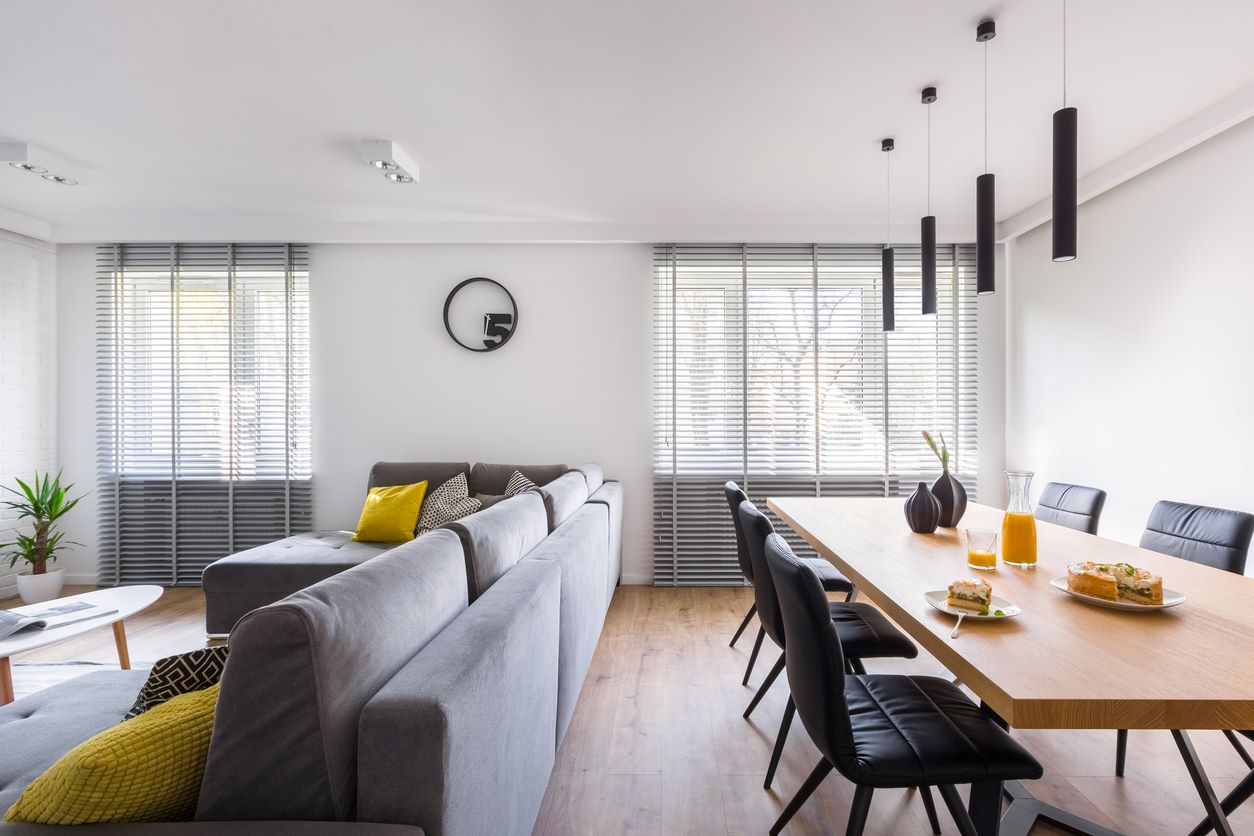
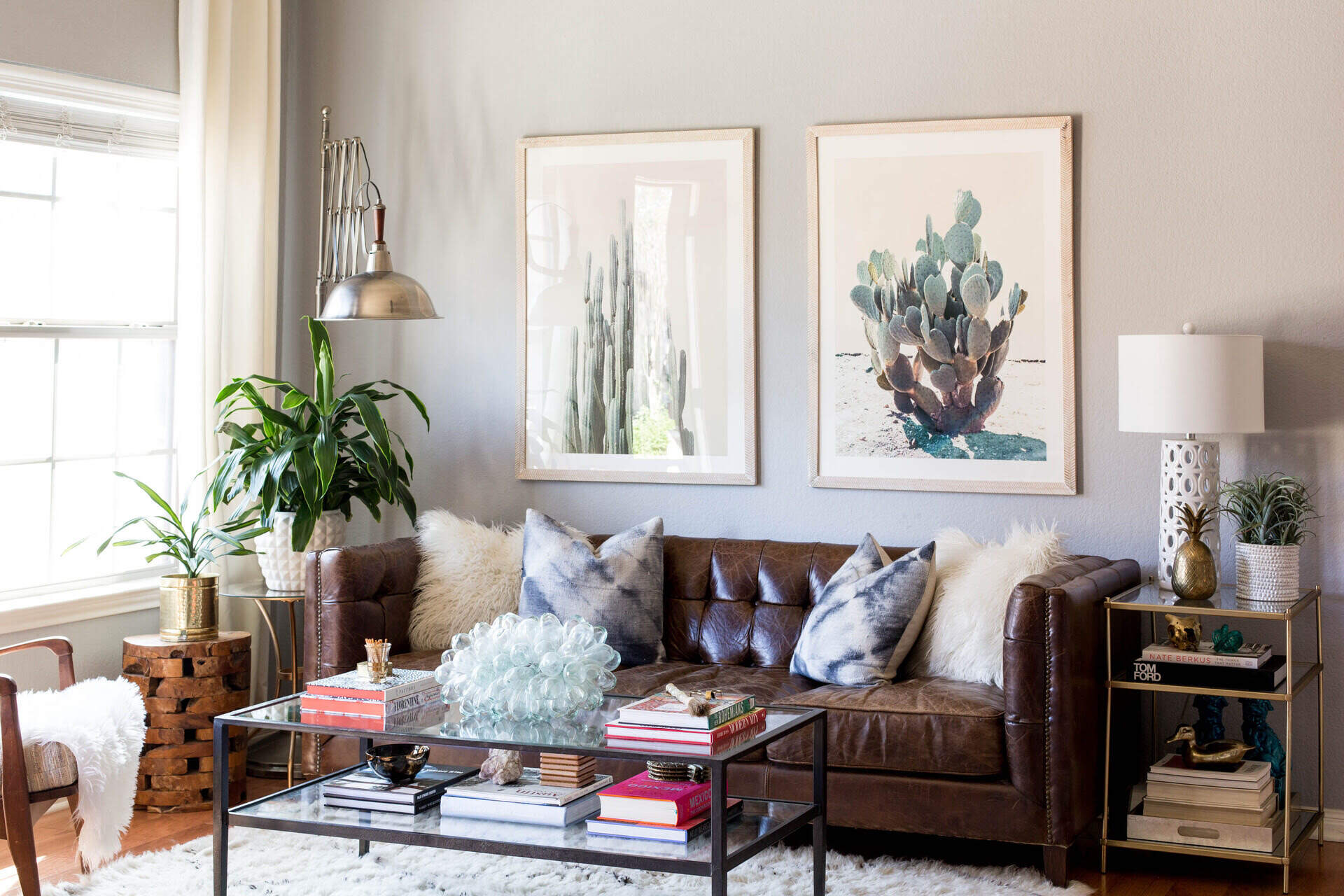
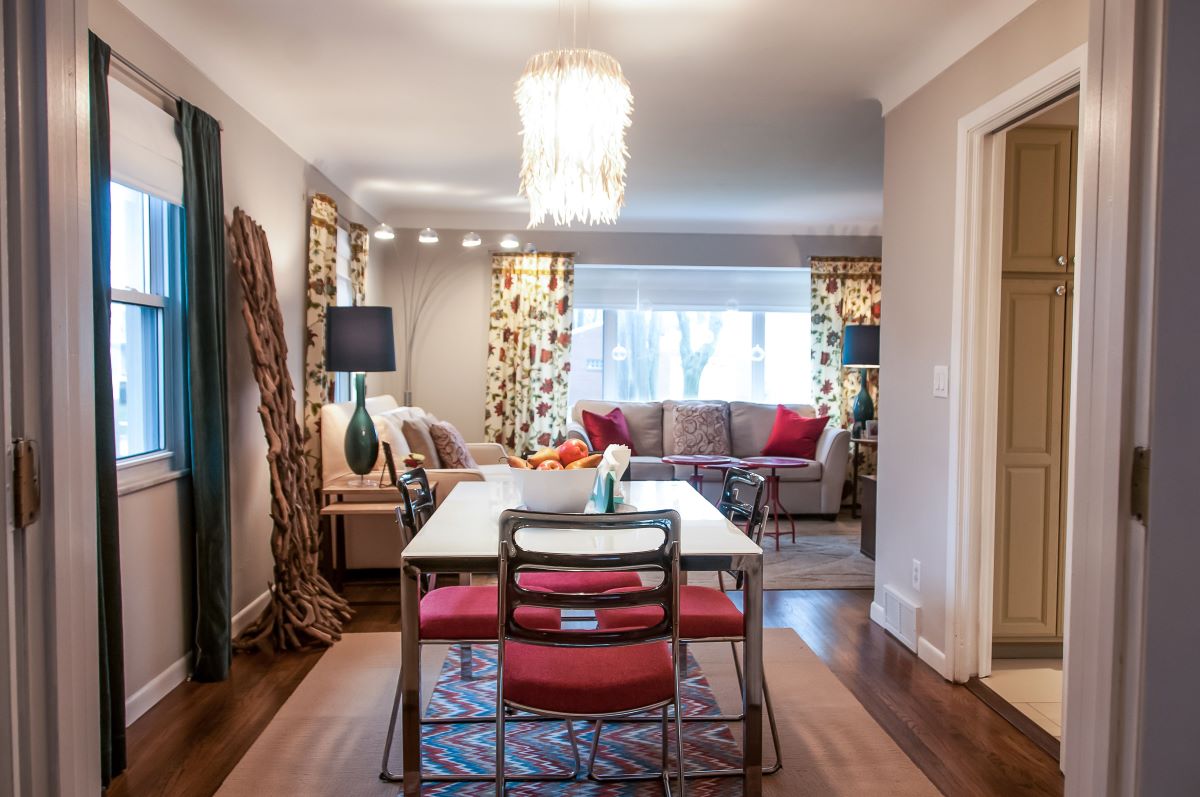
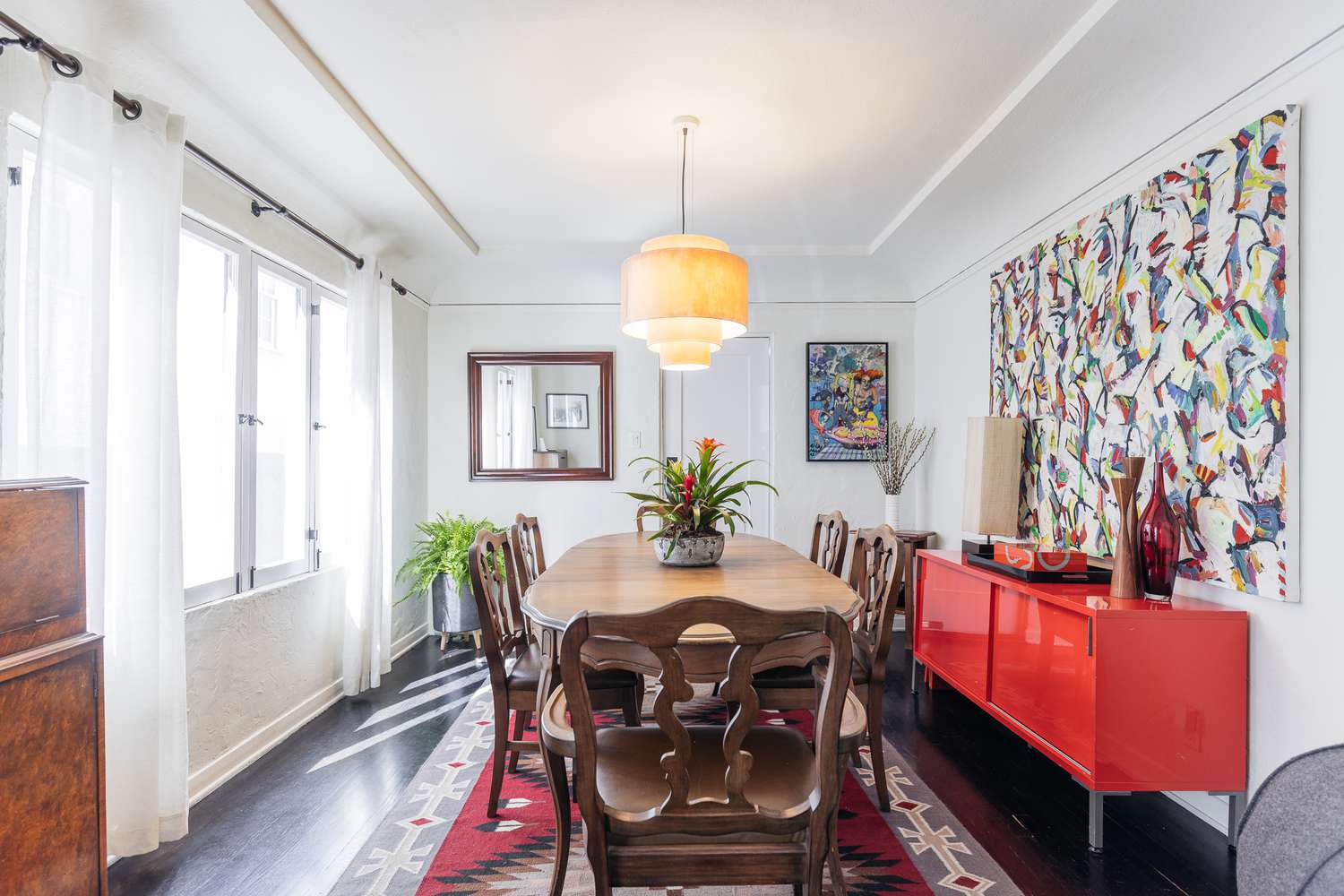
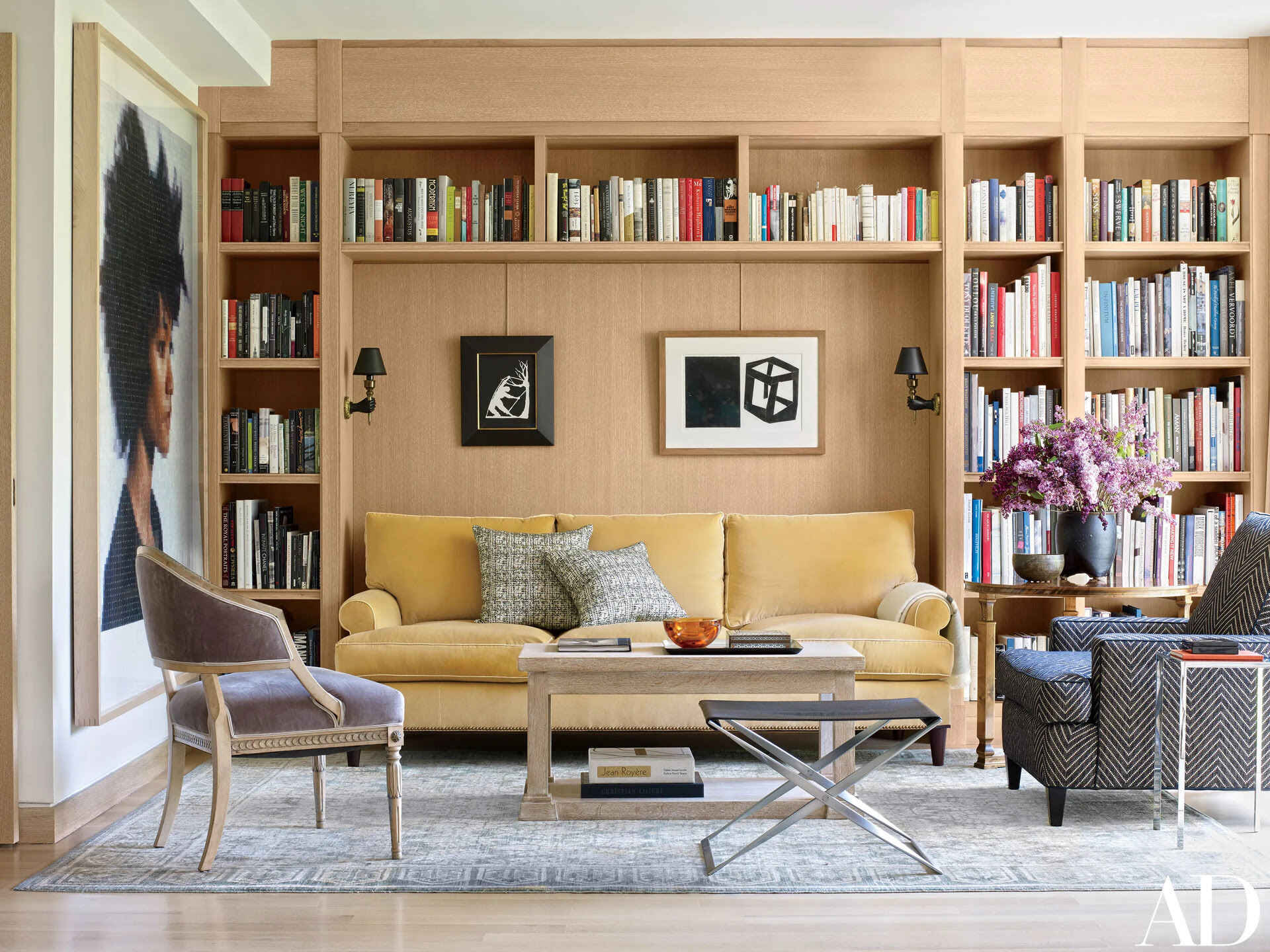
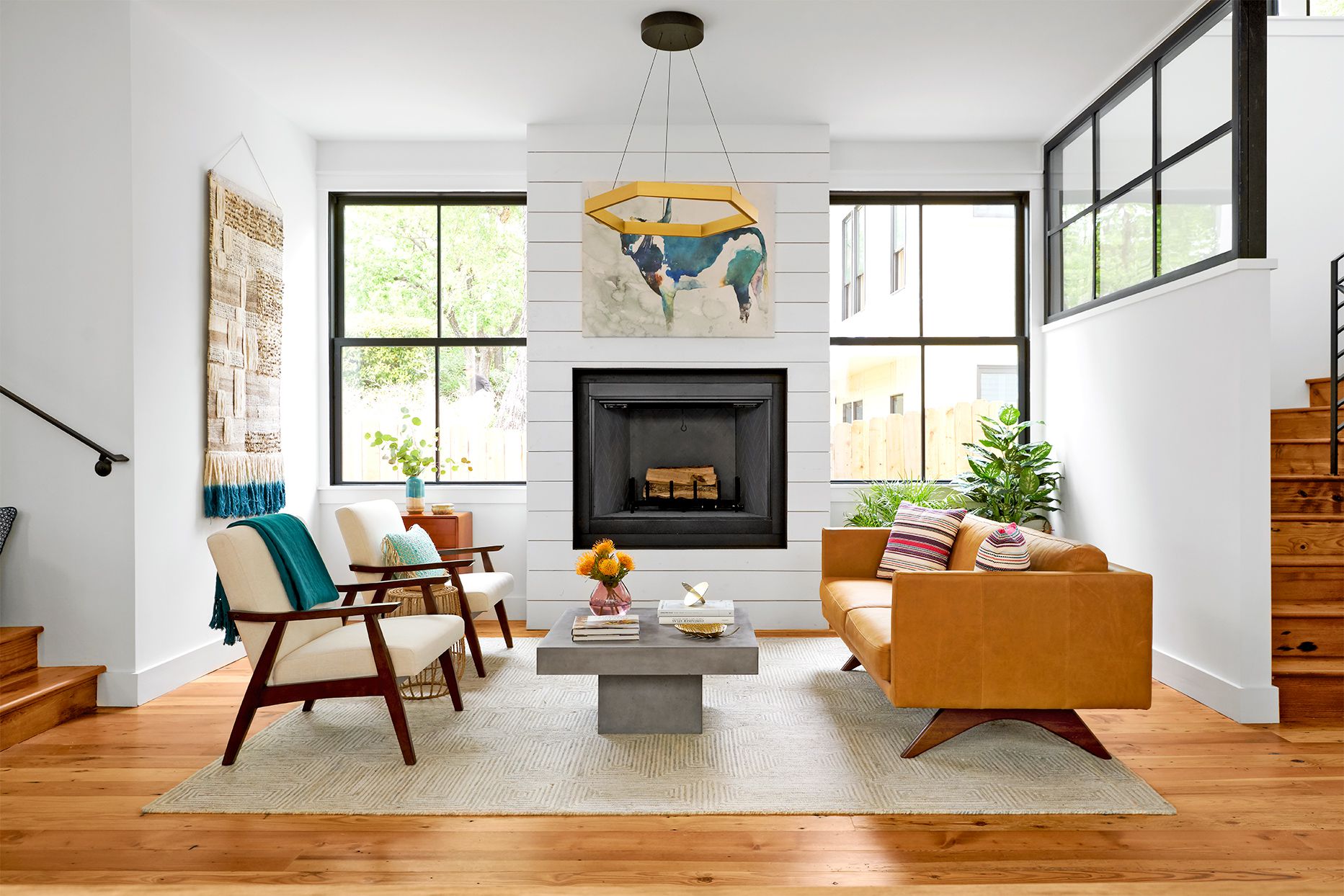
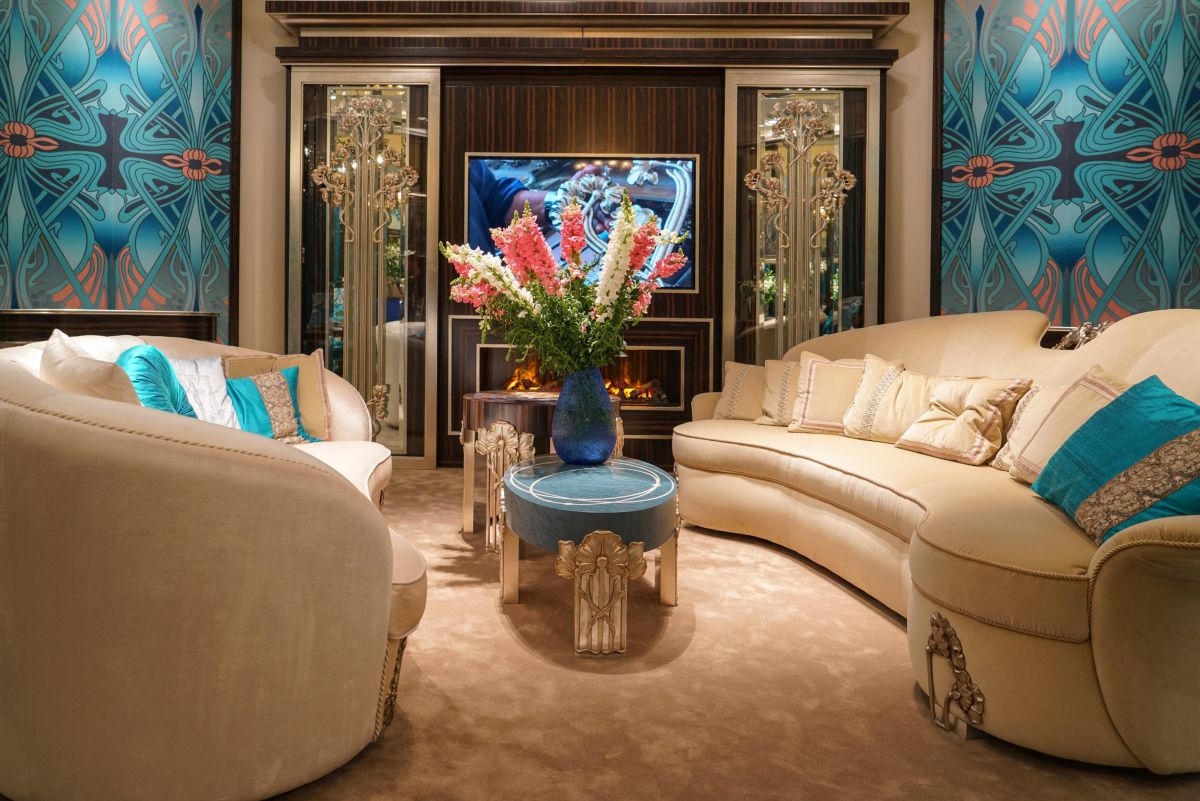
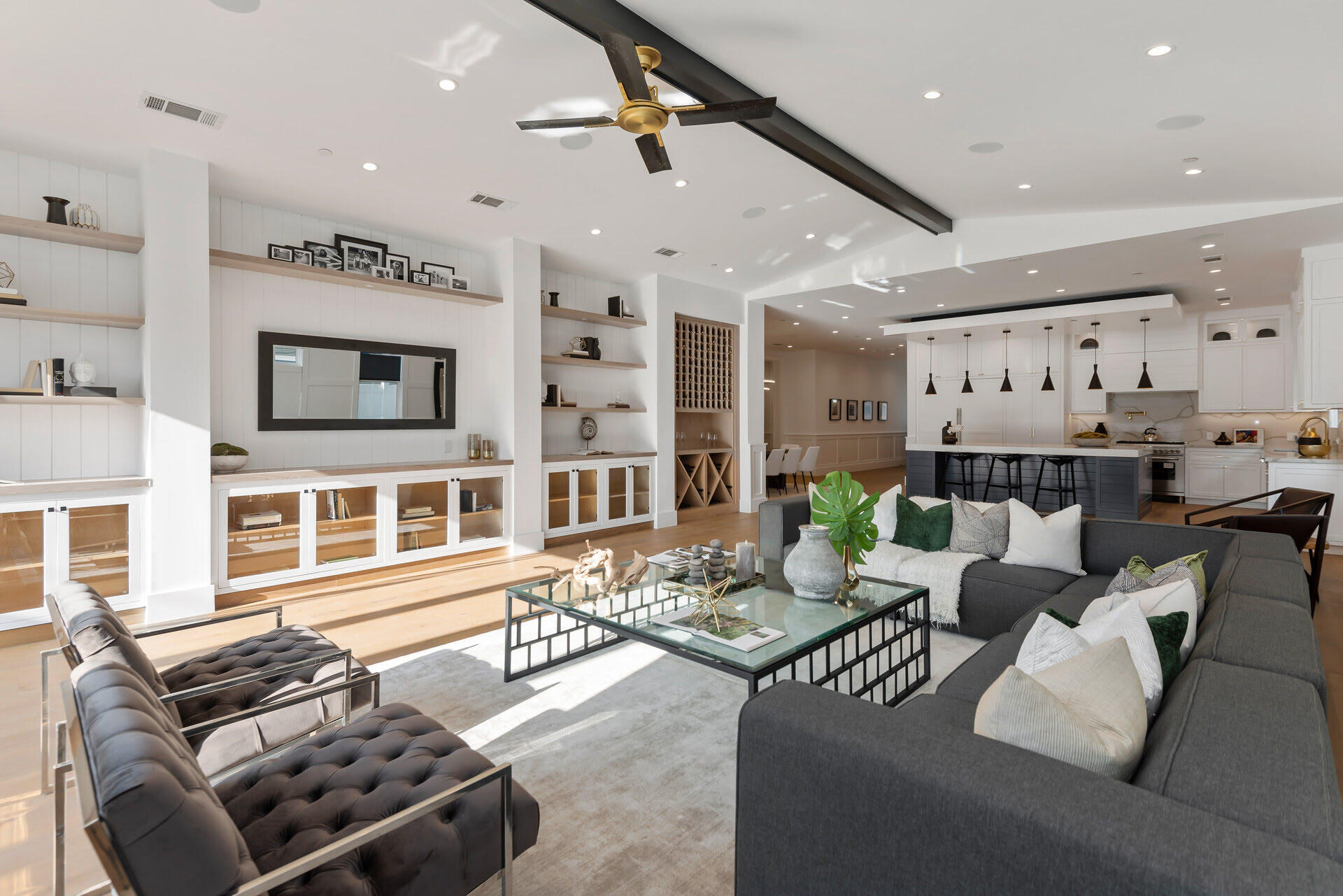
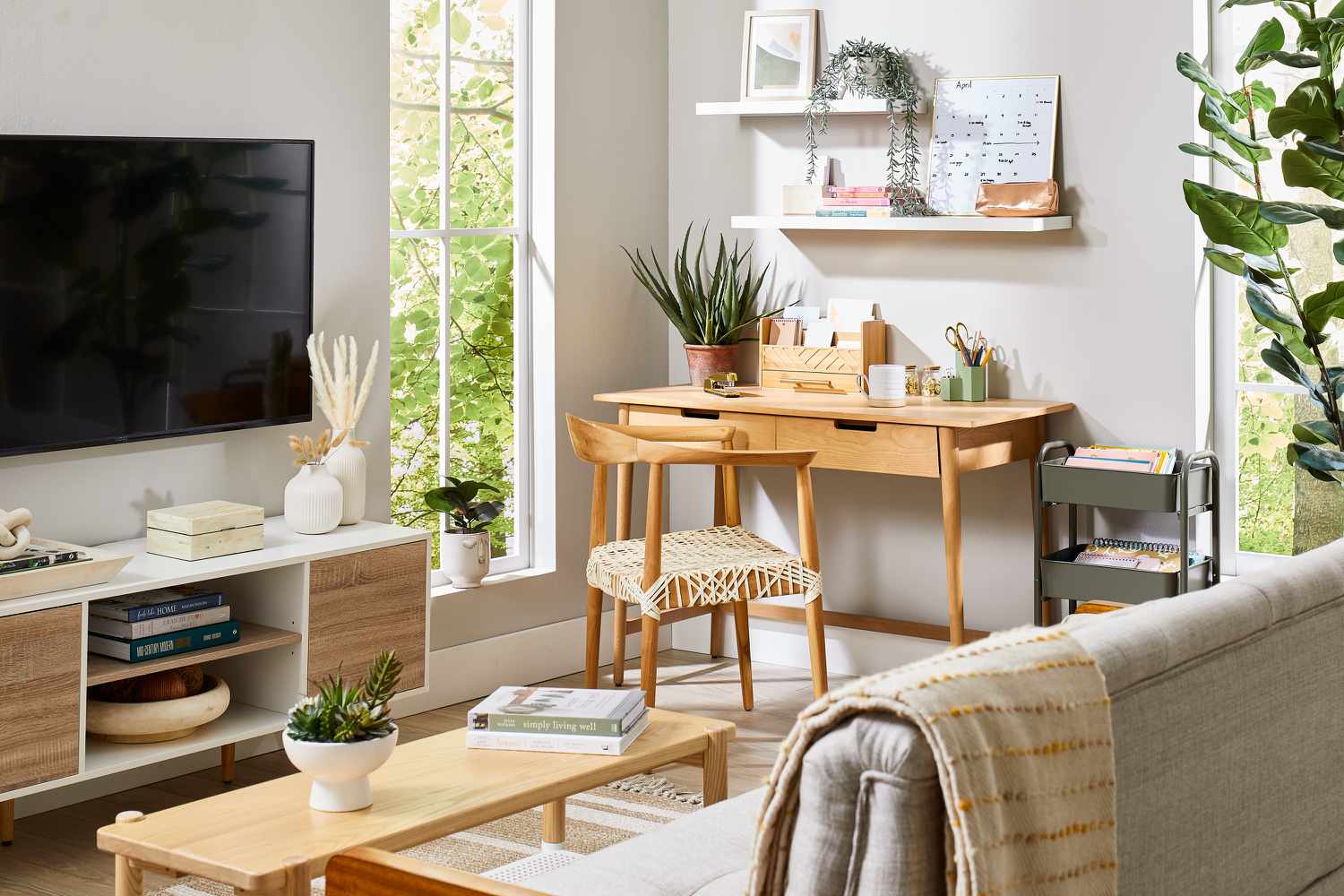
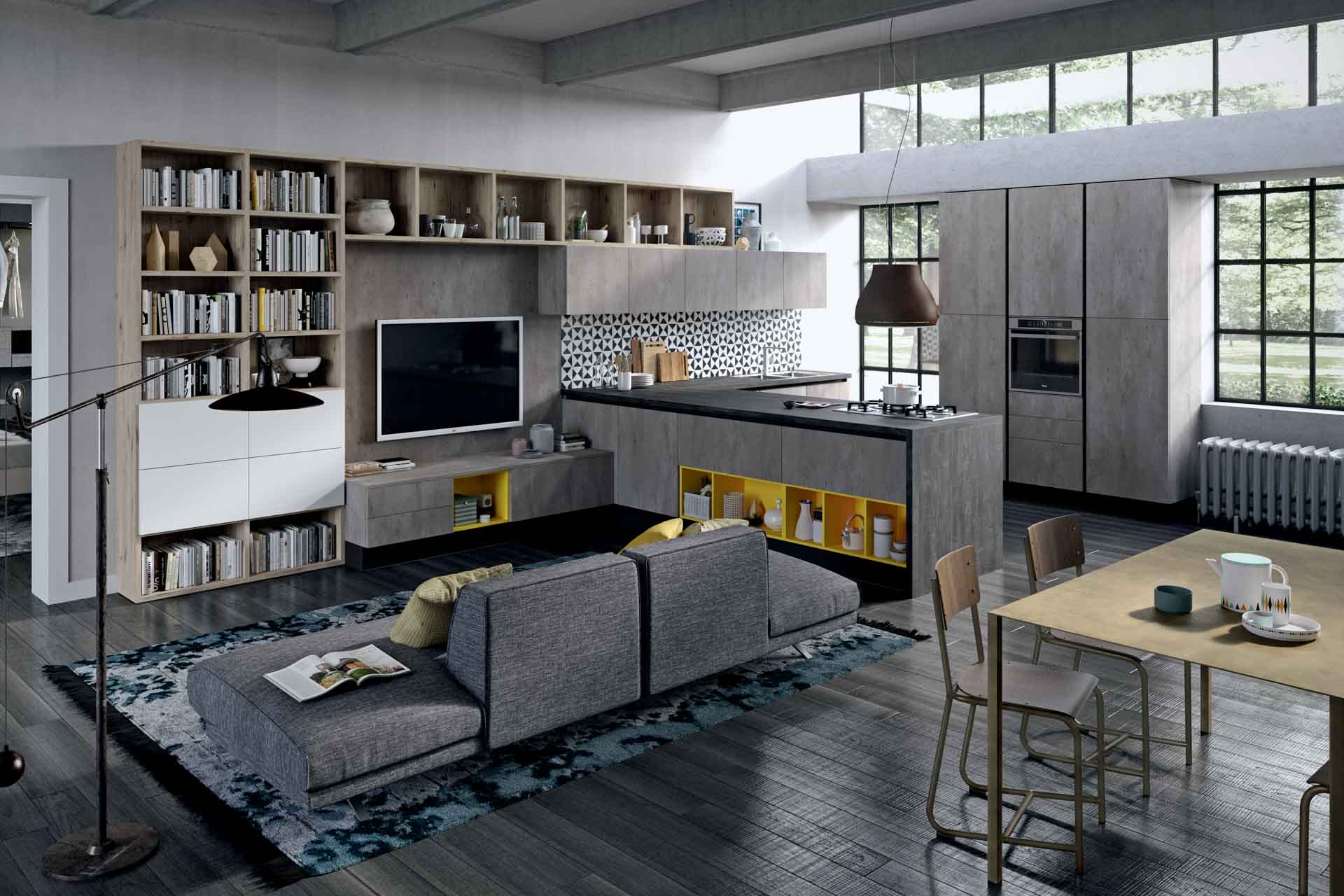
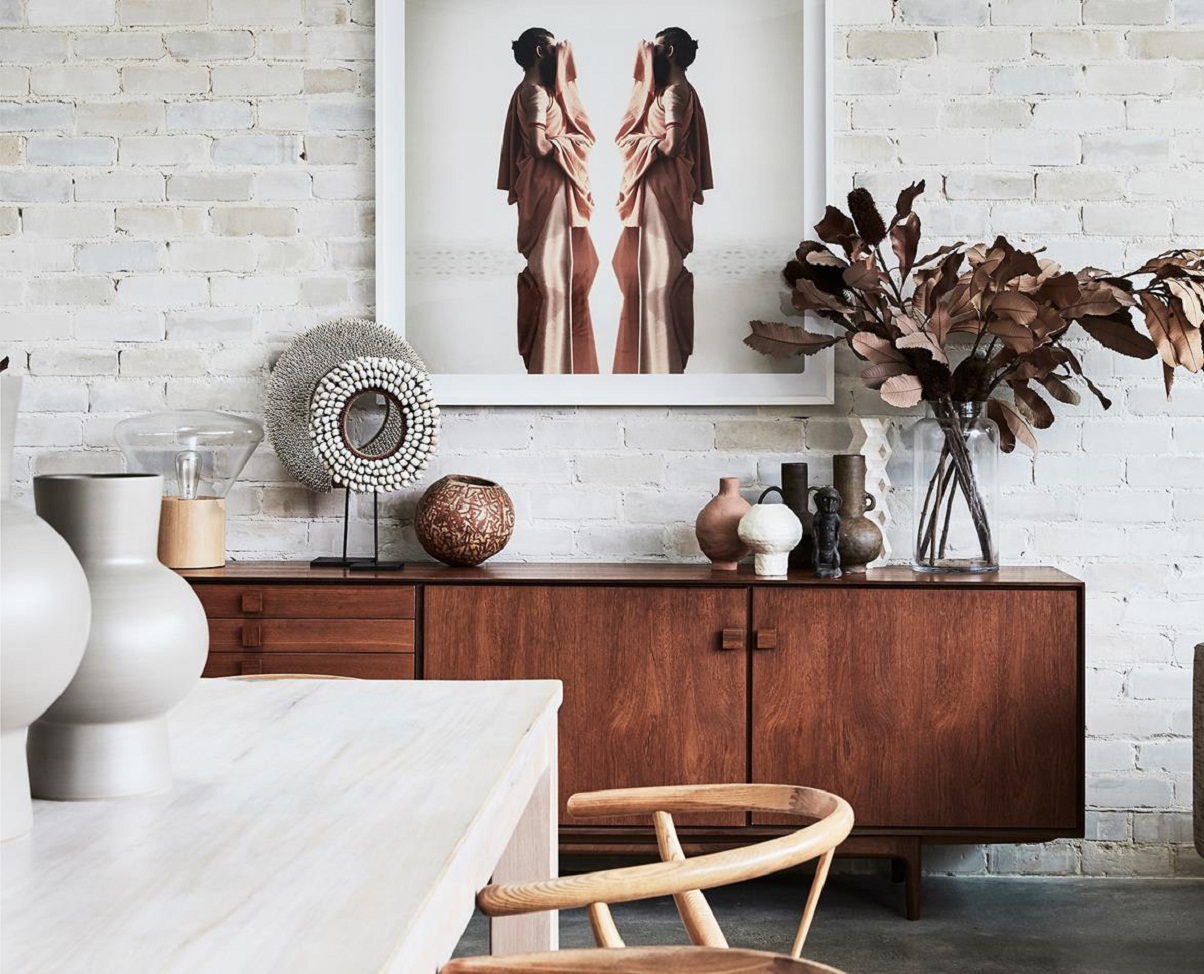
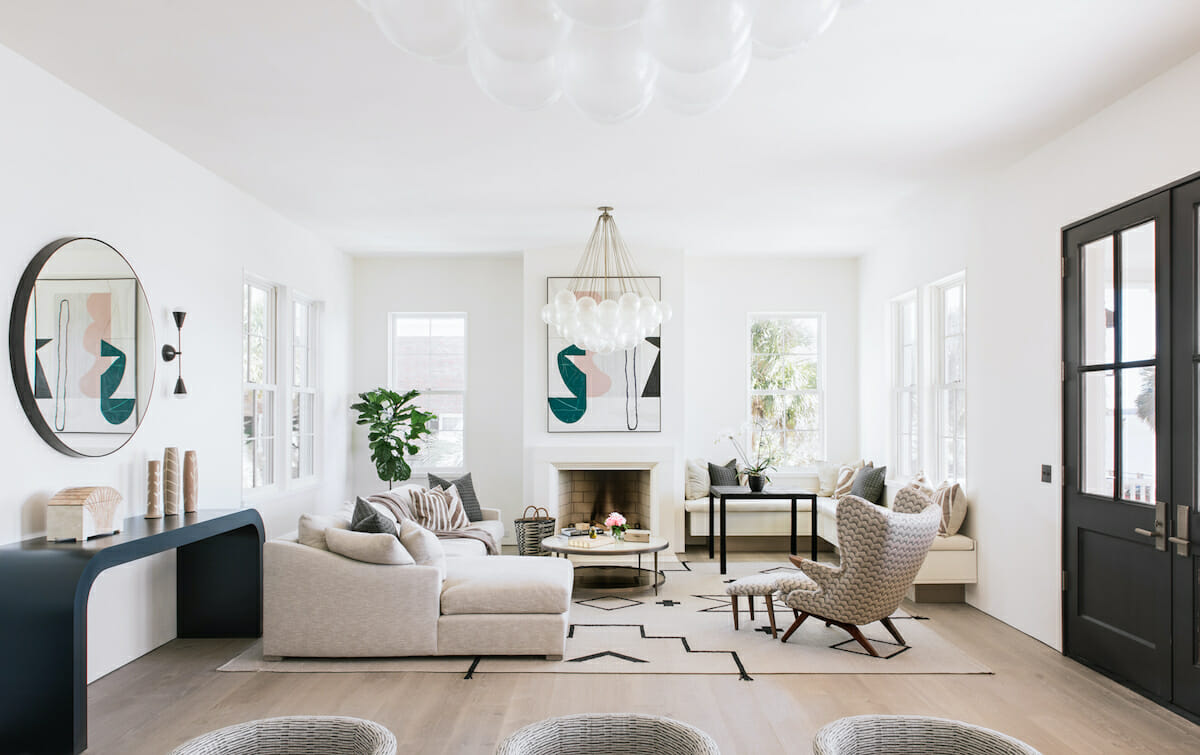
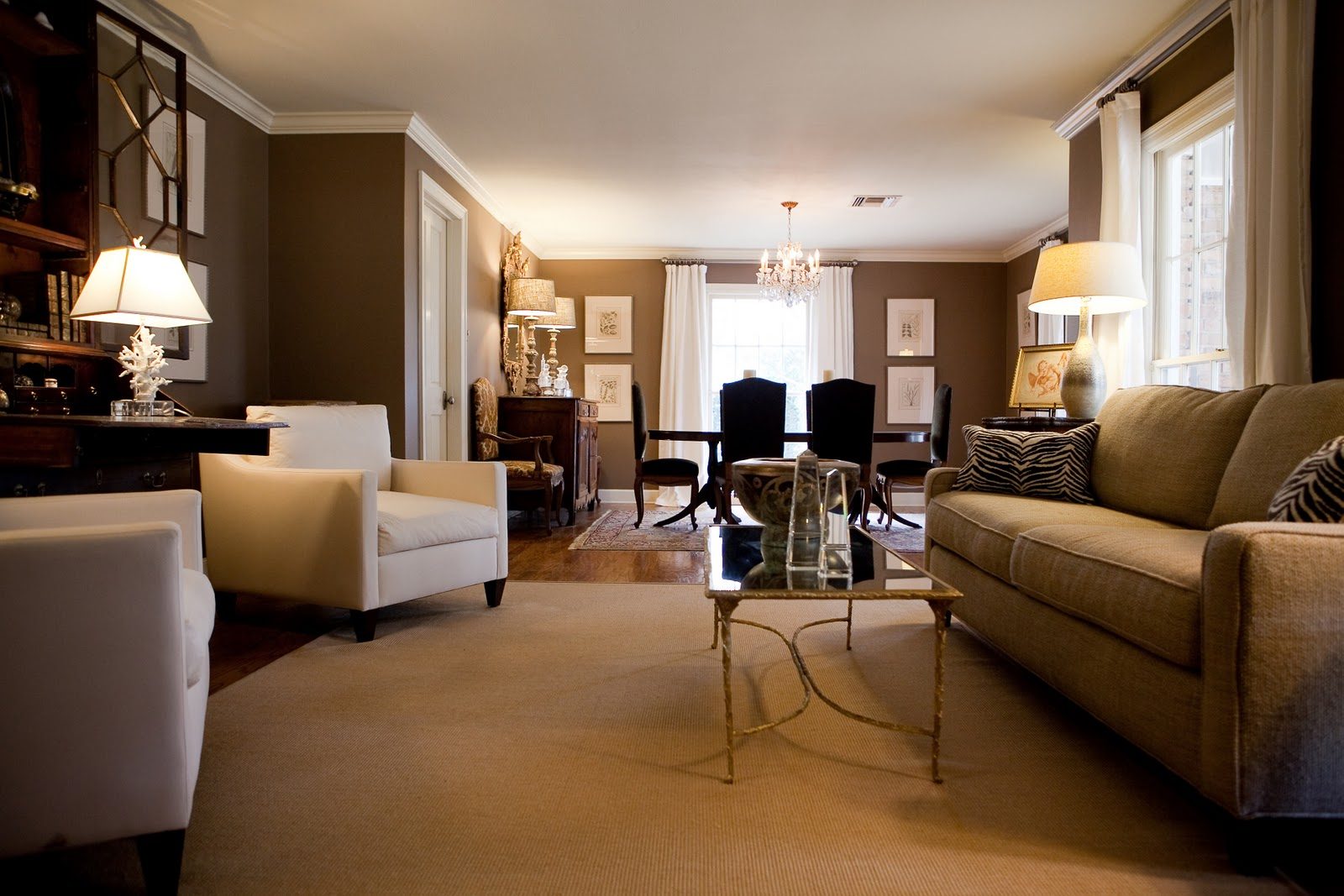

0 thoughts on “How To Decorate A Sideboard In A Living Room”